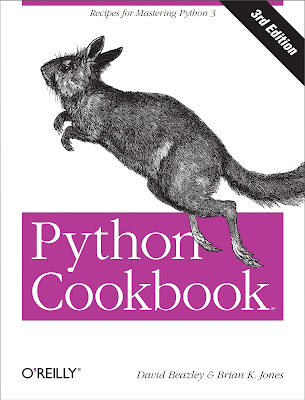The Arduino Starter Kit (Official Kit from Arduino with 170-page Arduino Projects Book)
The Official Arduino Starter Kit is here! This kit walks you through the basics of using the Arduino in a hands-on way. You'll learn through building several creative projects. The kit includes a selection of the most common and useful electronic components with a 170-page book of 15 projects. Starting the basics of electronics, to more complex projects, the kit will help you control the physical world with sensor and actuators.
The projects in the kit are:
- 01 : GET TO KNOW YOUR TOOLS an introduction to the concepts you'll need to use this kit
- 02 : SPACESHIP INTERFACE design to control panel for your startship
- 03 : LOVE-O-METER measure how hot-blooded you are
- 04 : COLOR MIXING LAMP produce any color with a lamp that uses light as an input
- 05 : MOOD CUE clue people in to how you're doing
- 06 : LIGHT THEREMIN create a musical instrument you play by waving your hands
- 07 : KEYBOARD INSTRUMENT play music and make some noise with this keyboard
- 08 : DIGITAL HOURGLASS a light-up hourglass that can stop you from working too much
- 09 : MOTORIZED PINWHEEL a color wheel that will have your head spinning
- 10 : ZOETROPE create a mechanical animation you can play forward or reverse
- 11 : CRYSTAL BALL a mystical tour to answer all your tough question
- 12 : KNOCK LOCK tap out the secret code to open the door
- 13 : TOUCHY-FEEL LAMP a lamp that responds to your touch
- 14 : TWEAK THE ARDUINO LOGO control your personal computer from your Arduino
- 15 : HACKING BUTTONS create a master control for all your devices!
Once you've mastered this knowledge, you'll have a palette of software and circuits that you can use to create something beautiful, and make someone smile with what you invent. Then build it, hack it and share it. Because Arduino is you!



















